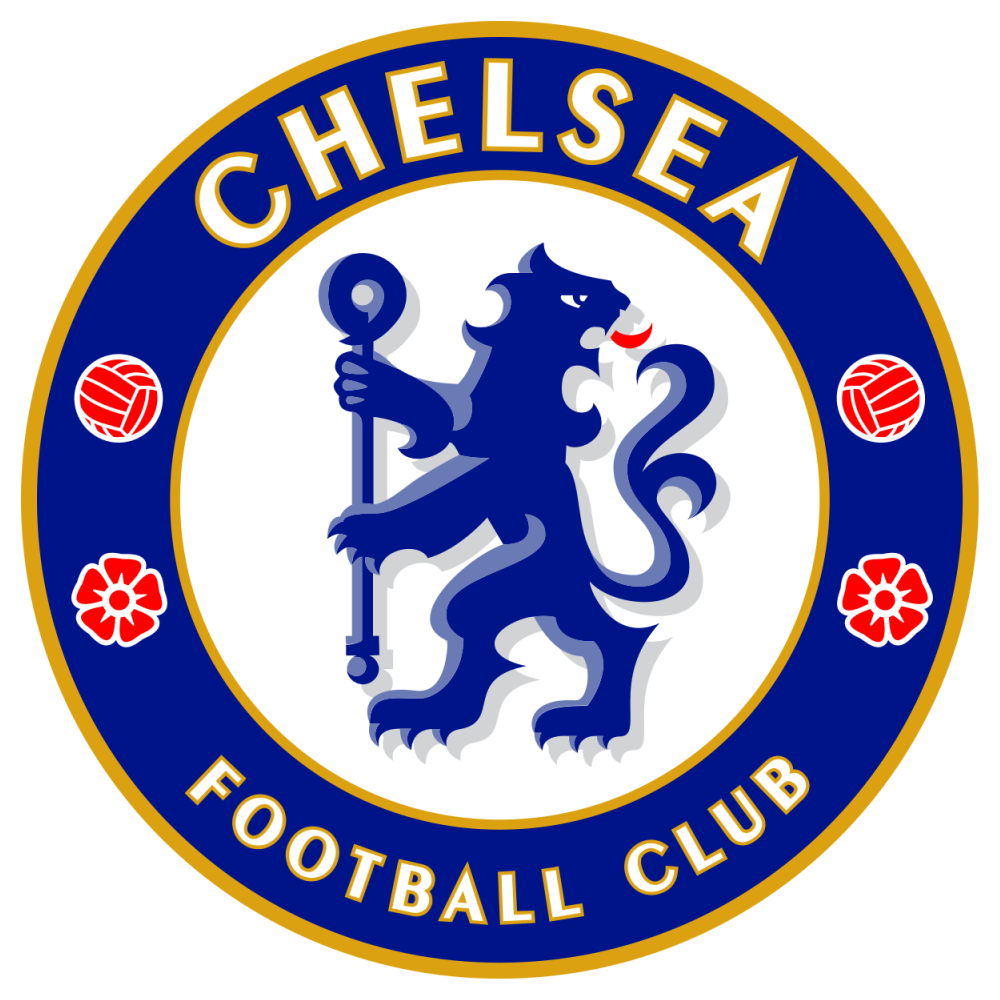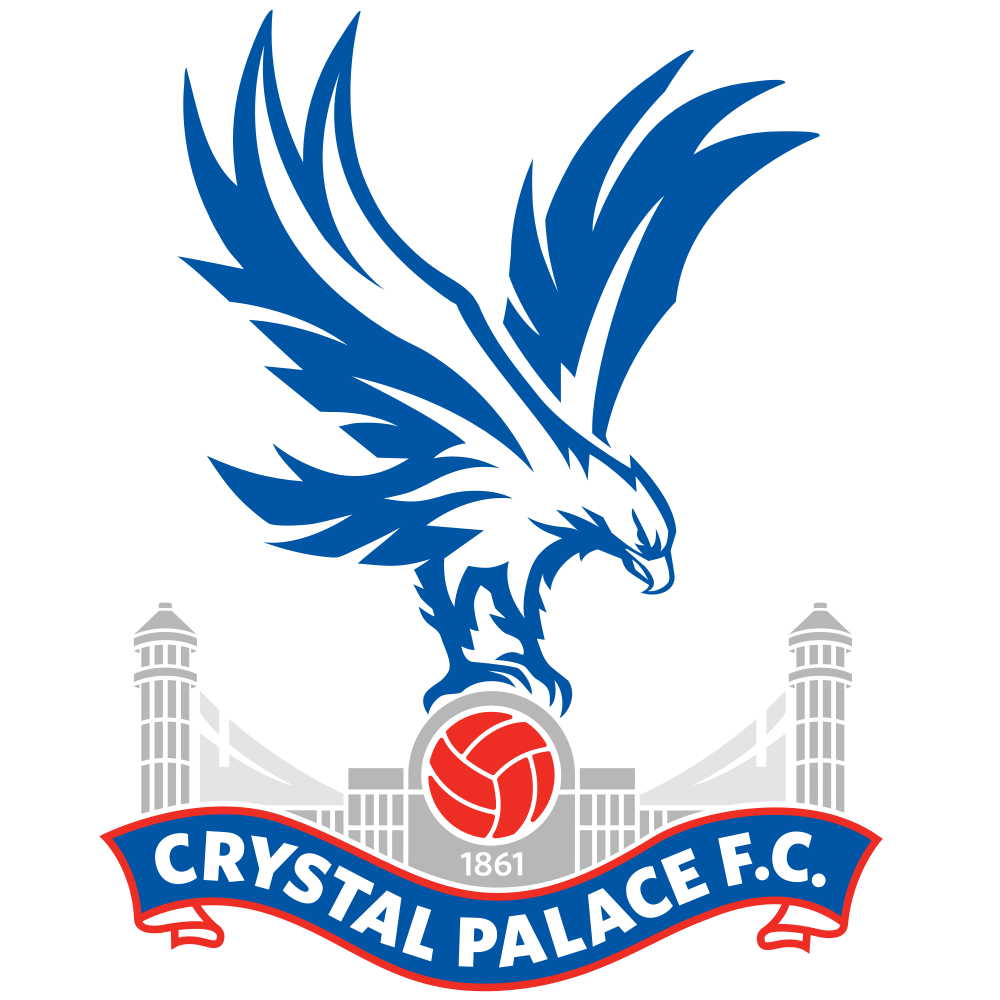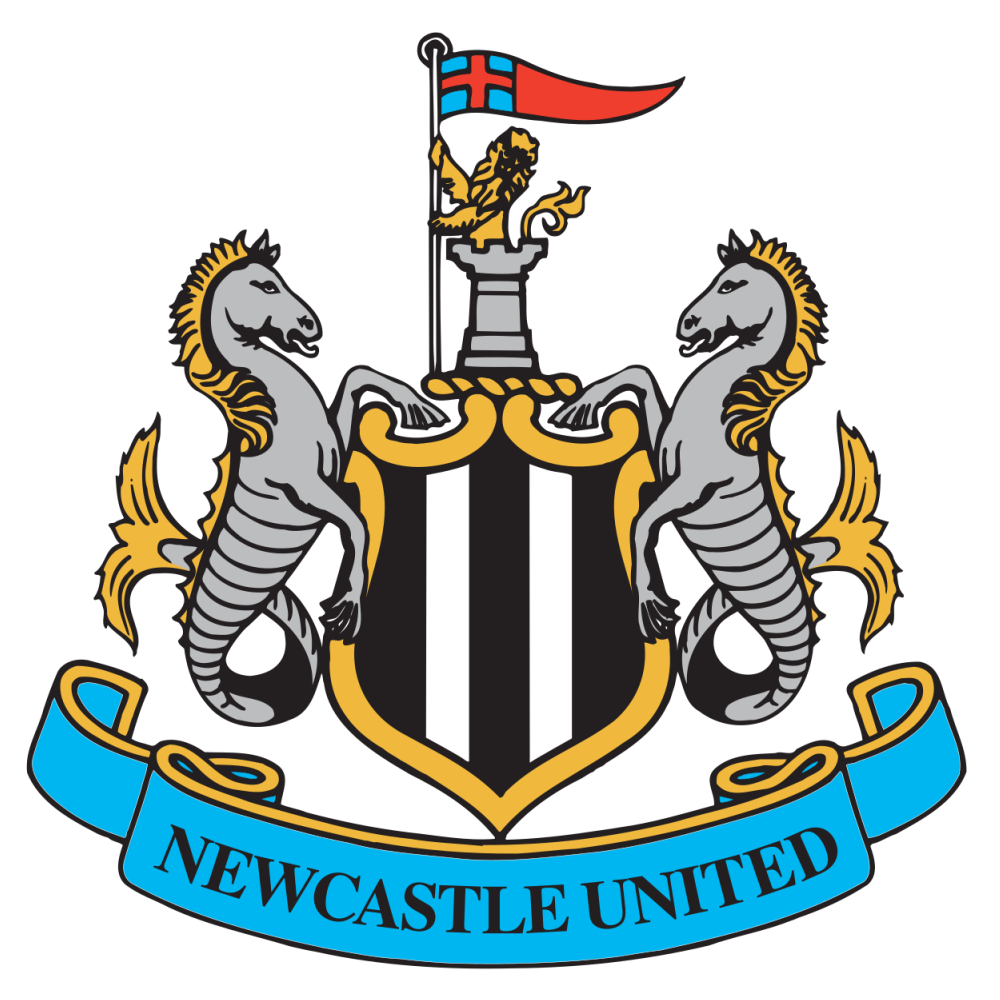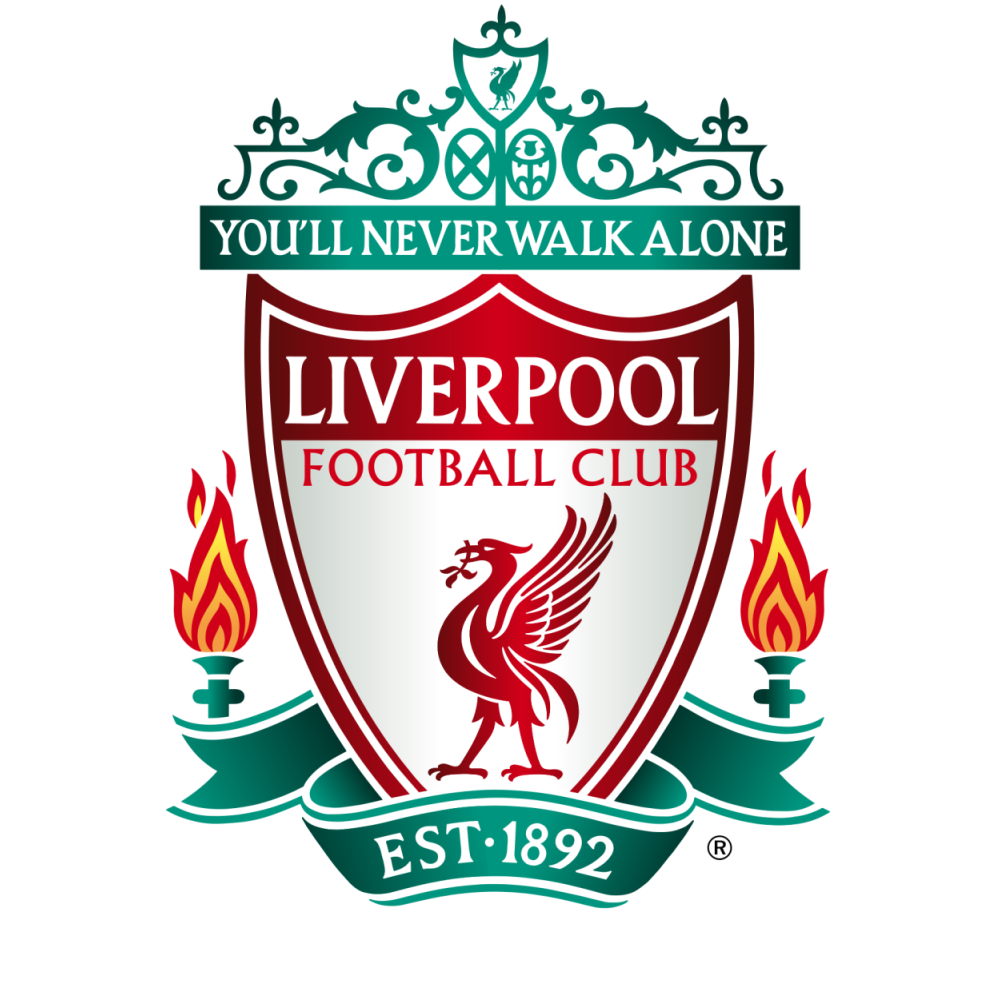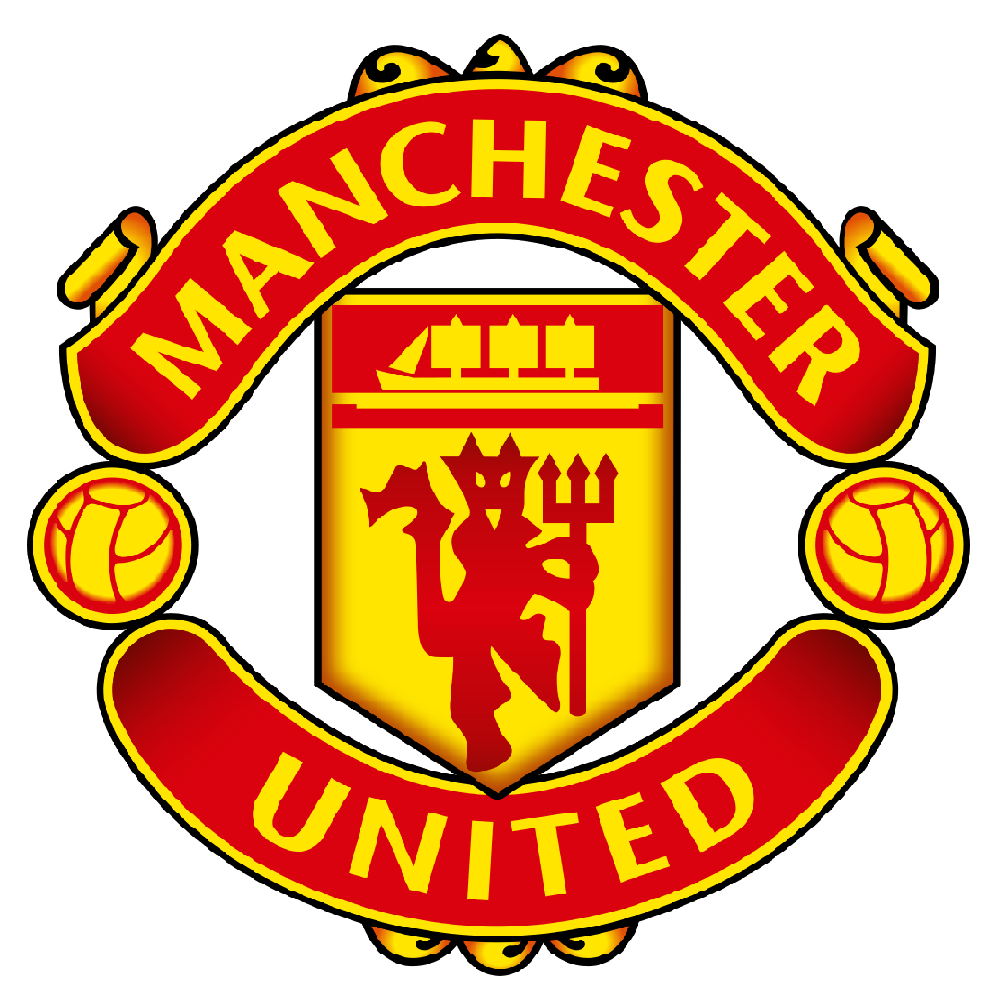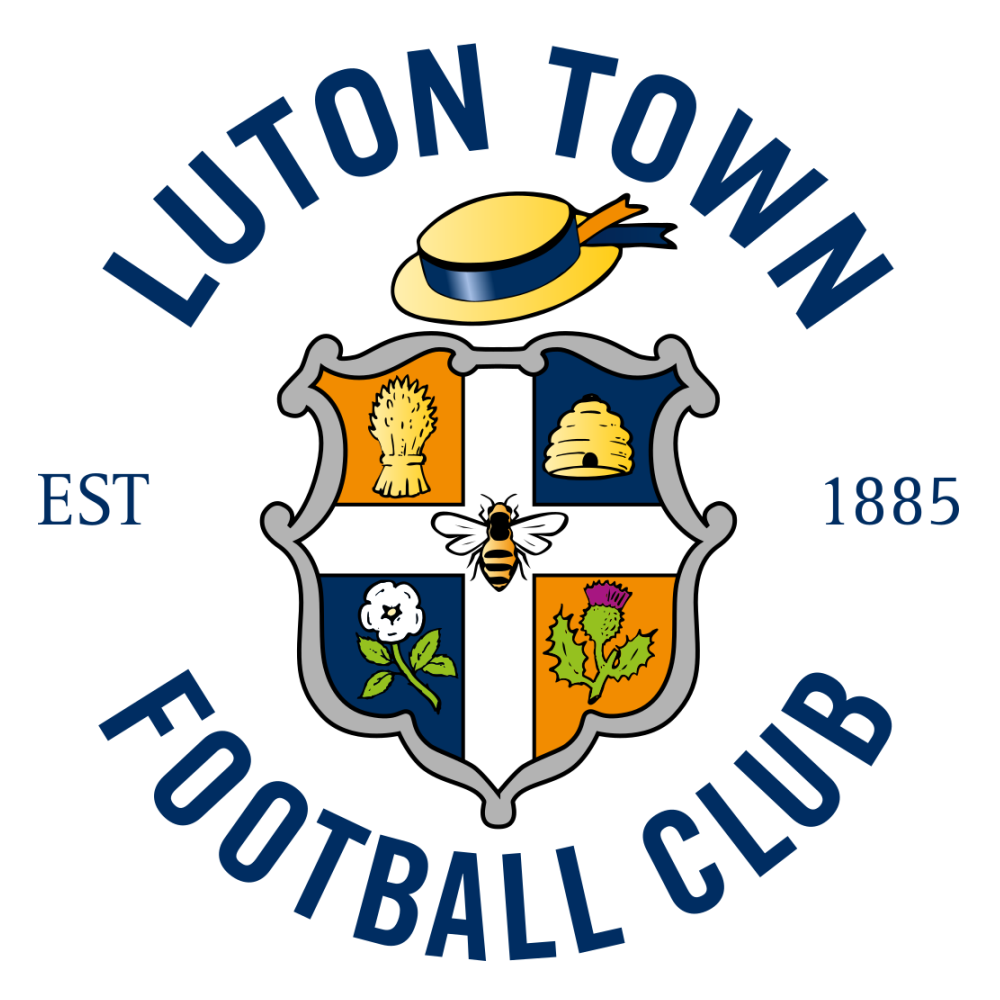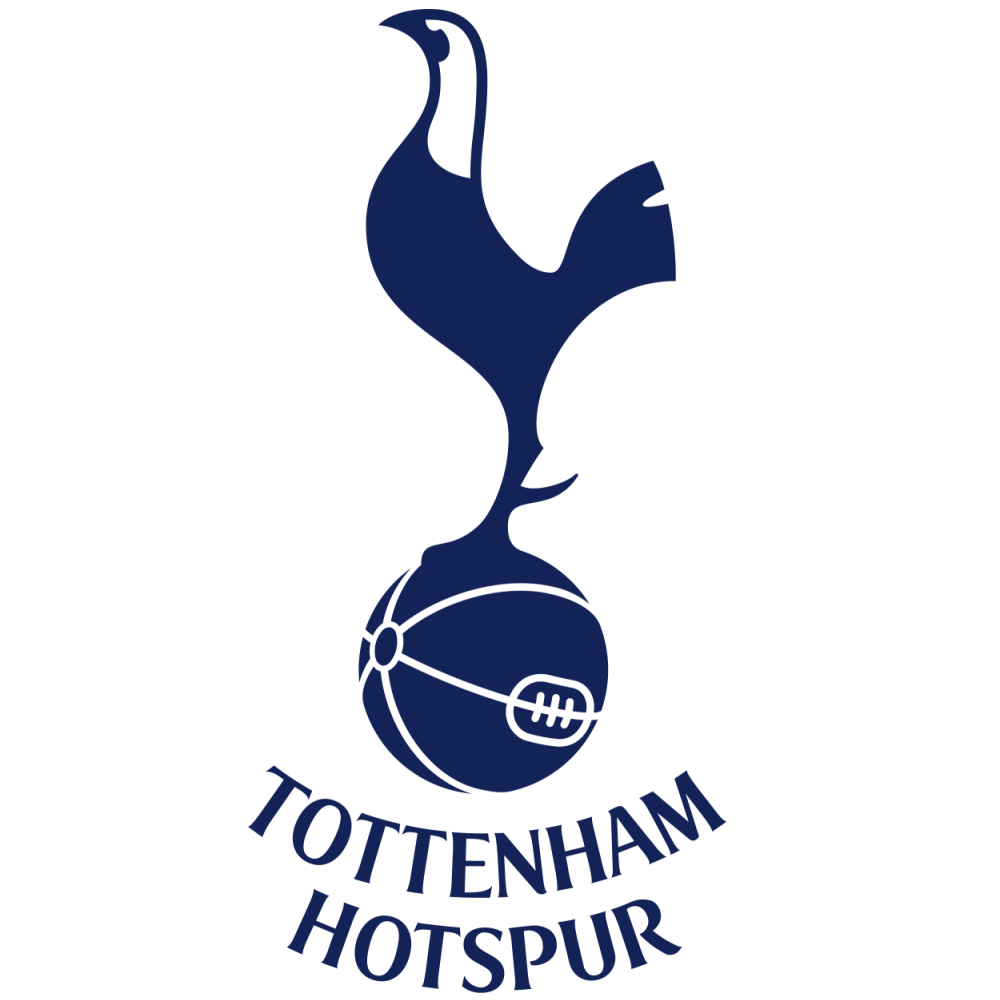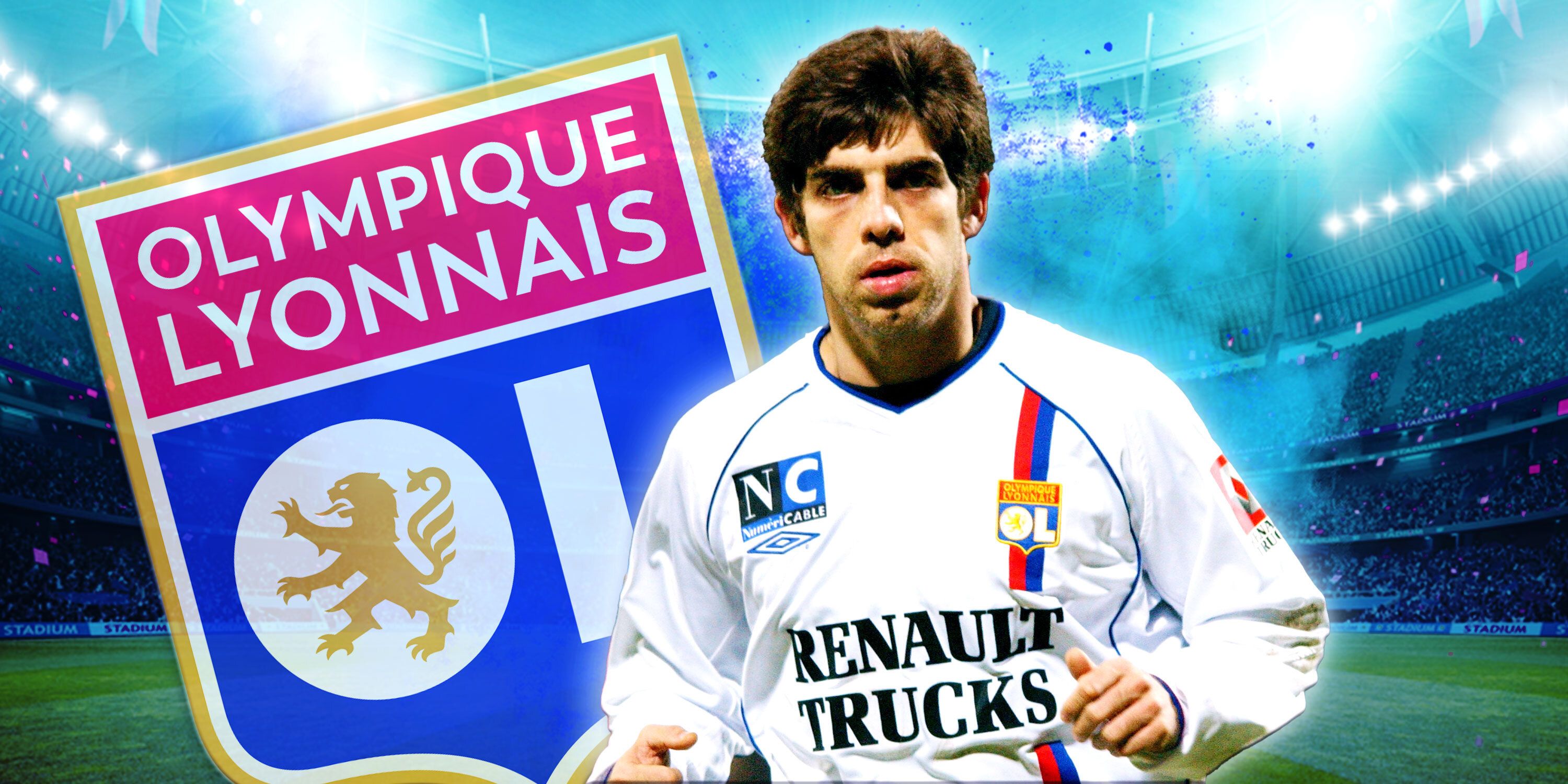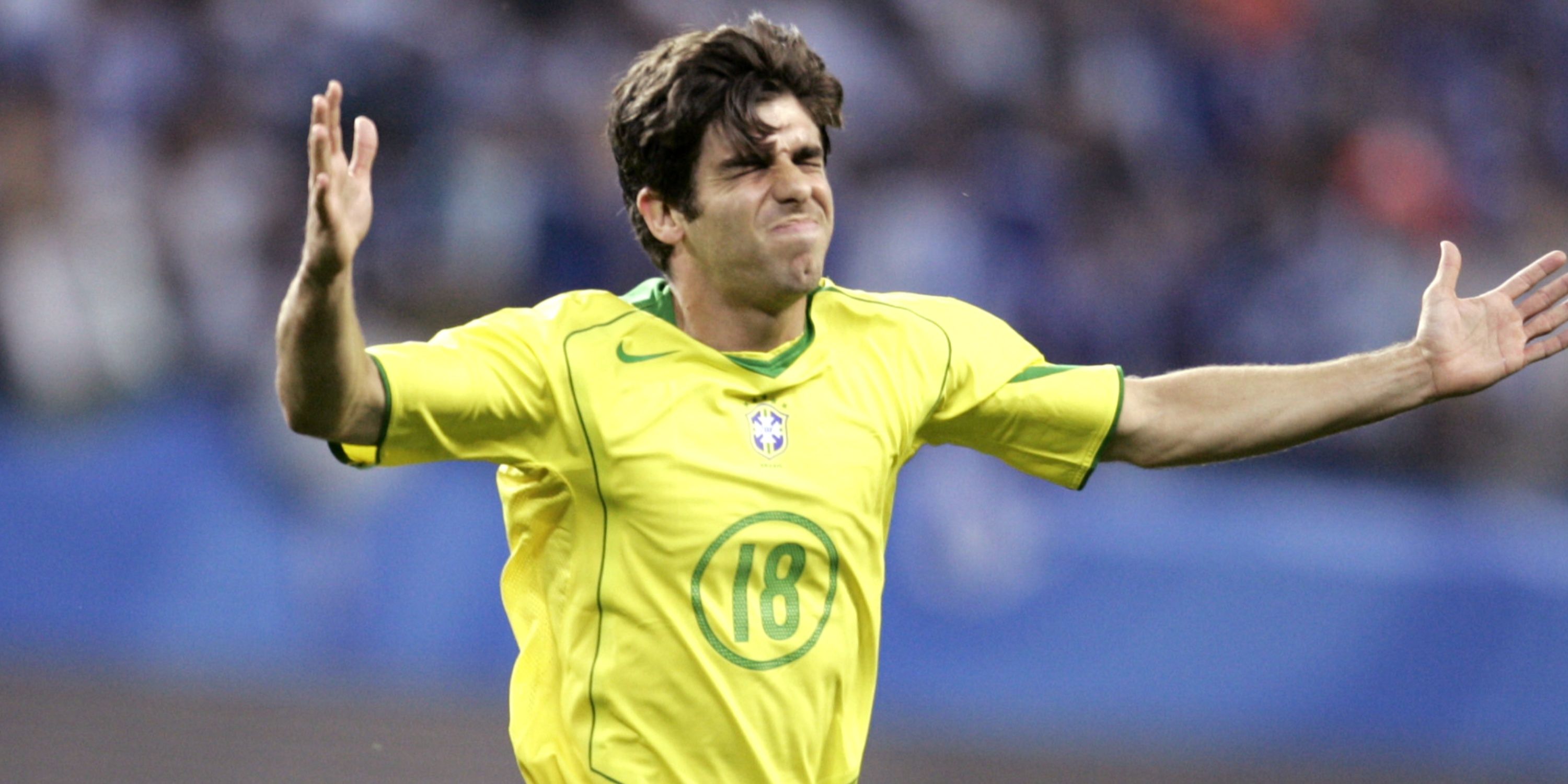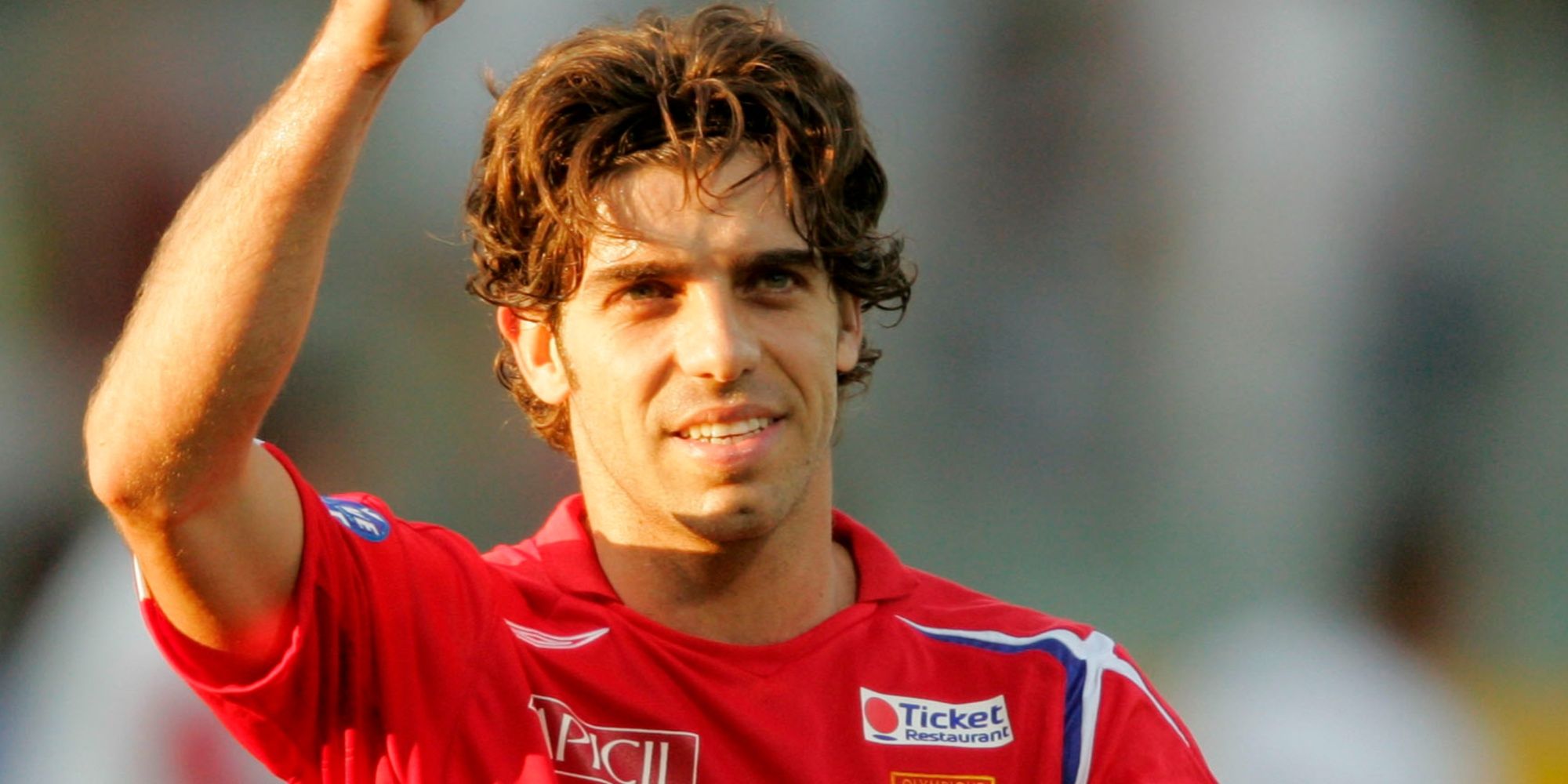Highlights
- Juninho Pernambucano holds the world record for the most free-kick goals in football with 77 conversions.
- His technique involved a consistent routine and focused on placement from close range and power from further out.
- Juninho's adaptability and variety of strikes set him apart from players like Cristiano Ronaldo and Lionel Messi in free-kick taking.
Juninho Pernambucano - more commonly known as ‘Juninho’ - is arguably the greatest free-kick taker to play the beautiful game. There – we said it. Feel free to disagree with that statement, but the statistics think otherwise, with the Lyon legend holding the world record over players like Diego Maradona and Ronaldinho with 77 conversions.
According to data from Sport, the Brazilian finds himself seven clear of his legendary compatriot Pele in second place and even David Beckham is trailing by more than 10 strikes. That astonishing record - of which 44 came during his time in France - has only enhanced his reputation for bamboozling goalkeepers by creating movement on the ball from every angle.
Those following him in the list may be better all-round footballers - there’s no disregarding that, but Juninho? His name is pronounced in the football echo chamber purely thanks to his devastating nature from dead-ball situations, particularly free-kicks.
But what was the secret to his brilliance when standing tall and proud over a free-kick? It's an intriguing concept when you consider he's arguably the inventor of the knuckle-ball technique, later inherited by football’s all-time great Cristiano Ronaldo.
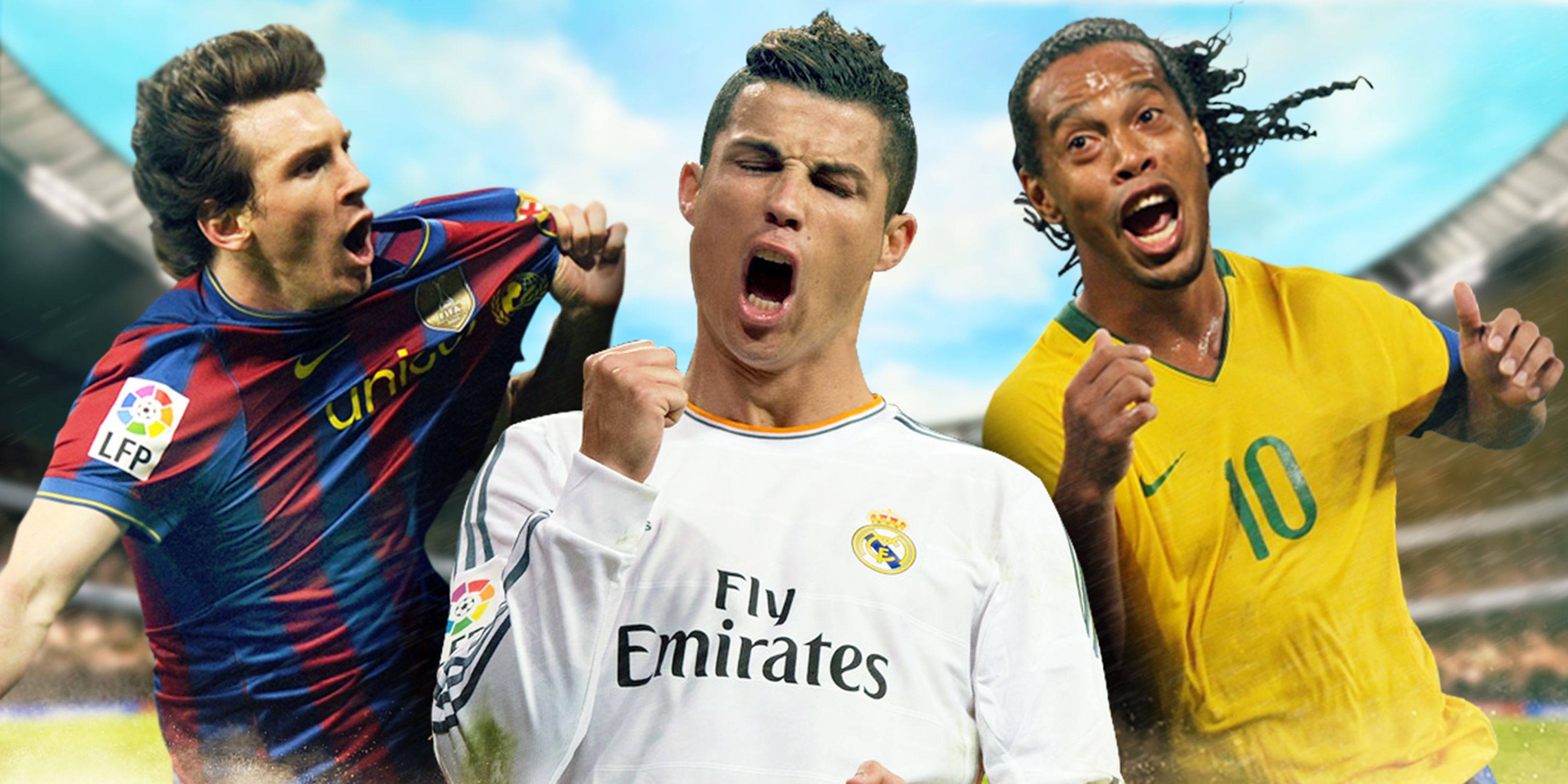
12 Footballers with Most Free-Kick Goals Ever
Lionel Messi, Cristiano Ronaldo, Pele and Diego Maradona all feature in list of the players with the most free-kick goals in football history.A scientific view inside Juninho’s free-kick
The video explains his close and long-range efforts
And it's an intriguing concept that sports scientist and physical therapist Dr. Rajpal Brar has sought to analyse on his YouTube channel '3CB Performance'. Brar has previously analysed the secrets behind Lionel Messi's free-kick taking as well as Ronaldo's decline from set-pieces, so it's safe to say that he is well versed when it comes to Juninho's area of expertise.
His general approach? Juninho himself, who plied his trade for Lyon, Vasco da Gama and New York Red Bulls during his career, has explained that he let the distance from the goal inform his technique, focusing more on placement from close range and concentrating on power when shooting from further out.
Shorter distance technique
The thing with Juninho, a 40-cap Brazil international, is that he had it all in his locker: short, long and - last but by no means least - the downright incredible. The basis for Juninho's technique from close range was a consistent routine which started with him standing a total of three paces back from the ball to ensure that he had a worthy run-up to connect as sweetly as possible.
Depending on the placement of the ball, his advance to the ball changed. For example, the further left the ball was, the more perpendicular his run-up became. Get it? While running up to the ball and with only one outcome on his mind, the midfielder ensured to remain focused with his eyes on the ball, then the target and then back to the ball – in that particular motion.
As you can see in the video, each of Juninho's four steps has a specific purpose and culminates with his weaker, standing foot rotating externally and shifting away from his hips to generate power. Juninho's upper and lower body mirror and counterbalance each other, and he uses the instep technique to make either post an option by facilitating both mild and strong spin on the ball.
|
Top 10 free-kick scorers of all time |
||
|---|---|---|
|
Player |
Nationality |
Tally |
|
Juninho Penambucano |
Brazil |
77 |
|
Pele |
Brazil |
70 |
|
Victor Legrotaglie |
Argentina |
66 |
|
Ronaldinho |
Brazil |
66 |
|
David Beckham |
England |
65 |
|
Lionel Messi |
Argentina |
65 |
|
Diego Maradona |
Argentina |
62 |
|
Zico |
Brazil |
62 |
|
Cristiano Ronaldo |
Portugal |
61 |
|
Ronald Koeman |
Netherlands |
60 |
Long distance
Now onto free-kicks from further out. When hitting one from range, Juninho’s routine altered to allow him to strike one of his ambitious knuckleball efforts. Adding an extra step to his run-up, the Brazilian stood four paces back to add more punch to his strike from long-range. An integral – and possibly underrated - part of his knuckleball approach was the straighter run-up he used.
Juninho largely keeps his run up and standing foot identical regardless of distance but holds his torso and upper body more upright at the moment of impact using a dorsal distal, top-of-the-foot striking technique. Combine this with a point of contact on the lower centre of the ball as well as a shorter, jab-like follow-through for the sort of ball movement we've always come to associate with Juninho.
|
Juninho - Free-kick stats |
|
|---|---|
|
Club football |
118 |
|
Lyon |
100 |
|
Vasco da Gama |
18 |
|
Brazil |
6 |
|
Total |
124 |
|
Free-kicks |
77 |
|
Percentage of free-kicks |
62% |
|
All statistics per Transfermarkt |
|
Juninho’s reveals all about free-kicks
'He was one of my inspirations'
Who better to get an insight into his freakish talents from a free-kick than Juninho himself? The former Lyon gem sat down with FourFourTwo to speak about all things free-kicks: whether he was born a natural, the inspiration for his technique and who he considers the best of all time at converting from dead-ball situations. Speaking about the origins of his excellence, Juninho admitted that he was always ‘great at shooting’ but marked his arrival to France as the start of what became a brilliant career laced with free-kick efforts. He said:
“I was always great at shooting, but as a child, I didn’t have enough power to score free-kicks. I played futsal until I was 13 and didn’t really score much, but it was around then that I started to take some free-kicks. The wall was too close, though, so it was rare that I’d hit the goal. It wasn’t until I got to France that I mastered my technique.”
Juninho went on to reminisce about his seemingly knuckleball approach and was quizzed whether Cristiano Ronaldo taking his crown comes as an annoyance. The former midfielder, however, gave former Corinthians ace Marcelinho his props for inventing the technique known as the knuckleball – one that made the ball ‘dance in the air’.
"I started by copying free-kicks taken by Marcelinho, who played for Corinthians. He was one of my inspirations, and the first player I had ever seen hit the ball head on and make it dance in the air. That tells you that the technique isn’t mine, either! Didi, who won the World Cup with Brazil in 1958 and 1962, was doing it back then, too. Everyone since has just been tweaking the formula."
As modest as ever, Juninho insisted that naming himself as the GOAT is difficult thanks to the exploits of Beckham and Sinisa Mihajlovic – to name a few. Although he claimed it was ‘nice to hear admiration’, the process of measuring free-kicks is certainly challenging.
“It’s nice to hear admiration, although I don’t really believe it – how can you measure that? What I feel is that my work was worth it. I gave everything I had – sometimes even more than my body could take. There’s only ever the best free-kick-taker of the moment, so maybe there was a moment in which I was the best at it, but that’s all. How can I claim that I’m any better than David Beckham or Sinisa Mihajlovic?”
Juninho's former teammate and compatriot Giovane Elber once gave an exclusive interview to FourFourTwo give a closer look into the Brazilian's regime in training, which can be attributed to his brilliant conversion rate, and insisted that he practiced day-in day-out to ensure his technique was tip top. He said: "Simple: he practised every day! Rain or snow, he’d be out there for hours after training ended. He’d take one of the youth team goalkeepers and hit free-kick after free-kick."
So, what's the moral of the story? Juninho is the most adaptable when it comes to taking free-kicks, above the likes of David Beckham and Co. The fact Juninho was effectively a Swiss army-knife from set pieces allowed him to be flexible in different situations: from different ranges, angles and against different opposition, often leaving goalkeepers guessing with a variety of strikes from different ranges.
It's a skill that you don't see in the one-note nature of Ronaldo's very own knuckleball strikes, and you can even lodge the same complaint against Messi's reliance on curved efforts. Both players are finer candidates for GOAT status, admittedly, but never when it comes to free-kicks.

